Sri Lanka, often hailed as the “Pearl of the Indian Ocean,” is a captivating island nation brimming with rich culture, stunning landscapes, and a history that stretches back millennia. But before delving into its myriad wonders, a fundamental question arises: Where Is Sri Lanka Located?
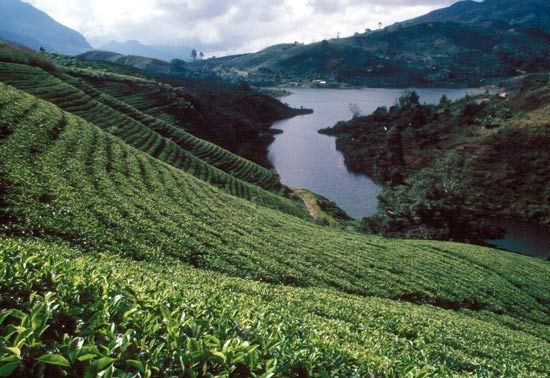 Tea plantation in Nuwara Eliya, Sri Lanka
Tea plantation in Nuwara Eliya, Sri Lanka
Sri Lanka is strategically positioned in the Indian Ocean, just off the southeastern coast of India. Separated from the Indian peninsula by the Palk Strait, this island nation occupies a pivotal geographical location. Specifically, Sri Lanka lies between latitudes 5°55′ and 9°51′ N, and longitudes 79°41′ and 81°53′ E. Its maximum length spans 268 miles (432 kilometers), while its greatest width measures 139 miles (224 kilometers), making it a relatively compact yet diverse land.
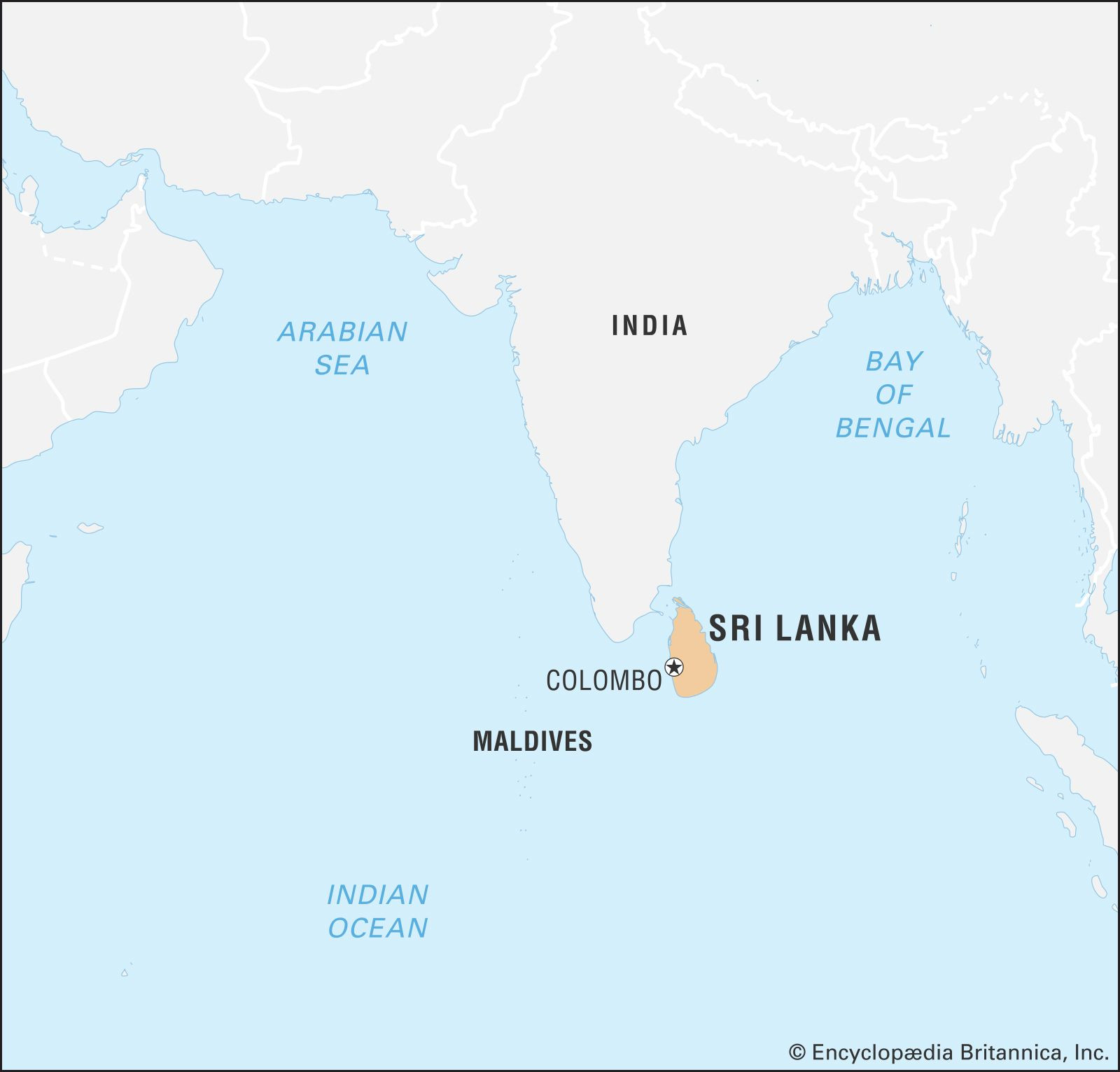 World Data Locator Map Sri Lanka
World Data Locator Map Sri Lanka
This proximity to the Indian subcontinent has been a defining factor in Sri Lanka’s development, fostering close cultural exchange and interaction throughout history. Moreover, Sri Lanka’s position at the crossroads of major maritime routes traversing the Indian Ocean has exposed it to a multitude of global influences, shaping its unique identity. Ancient Greek geographers recognized its significance, naming it Taprobane, while Arabs later knew it as Serendib, names that echo its historical importance as a point of connection between East and West. For centuries, European mapmakers referred to the island as Ceylon, a name still occasionally used in trade, before it officially adopted the name Sri Lanka in 1972.
Sri Lanka’s geographical context is not merely about coordinates; it’s about understanding its place in the world. As an island nation in South Asia, it benefits from the monsoon climate, contributing to its lush landscapes and agricultural richness. The island’s location has also played a crucial role in its biodiversity, making it a hotspot for unique flora and fauna.
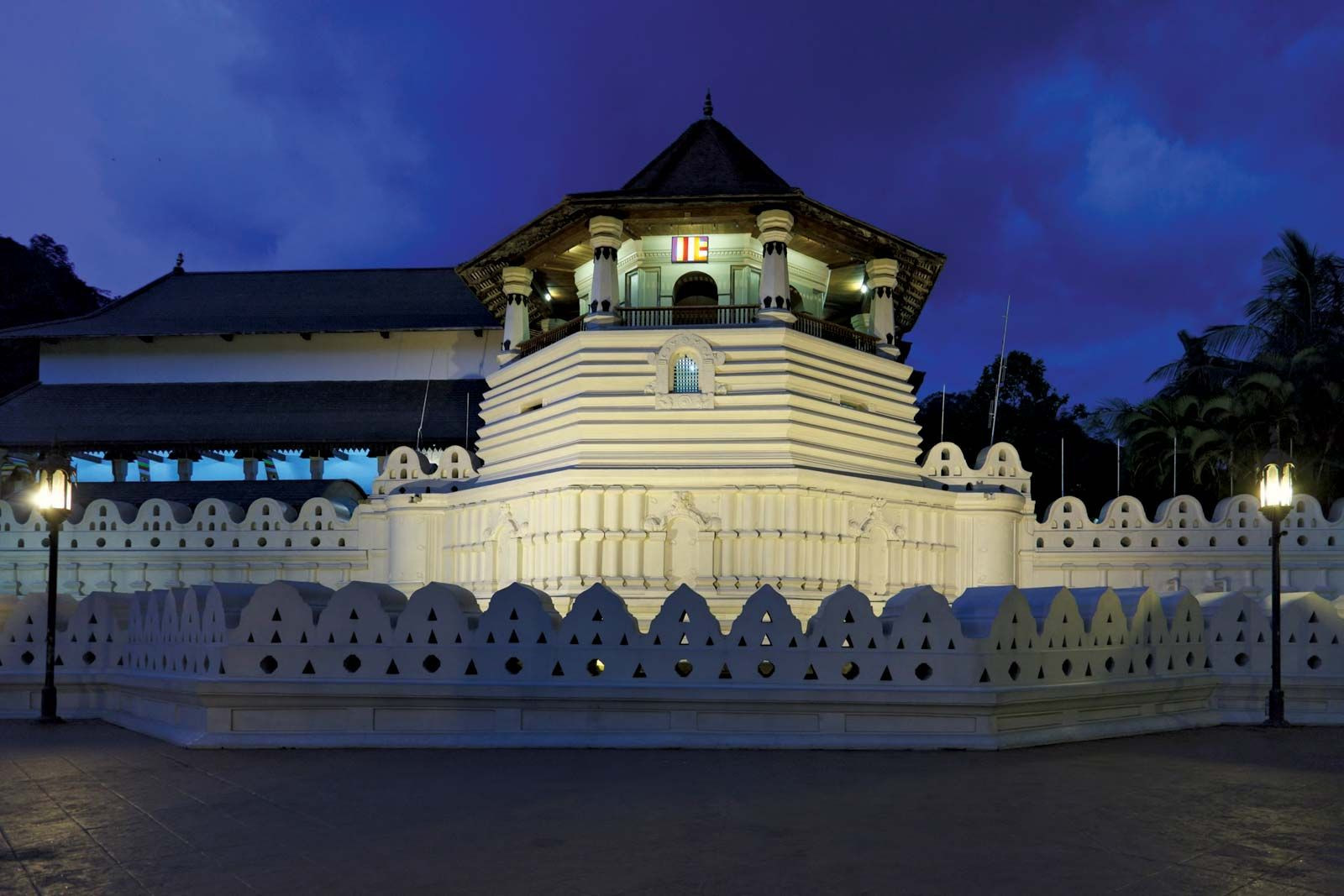 Dalada Maligava Temple of the Tooth Kandy Sri Lanka
Dalada Maligava Temple of the Tooth Kandy Sri Lanka
Today, Sri Lanka continues to leverage its strategic location. Colombo, its largest city, serves as the executive and judicial capital, while Sri Jayewardenepura Kotte, a suburb of Colombo, is the legislative capital. Administratively, the country is divided into nine provinces and 25 districts, managing its diverse population and resources. While a significant portion of the population resides in rural areas and depends on agriculture, Sri Lanka’s captivating environment and cultural tapestry position it as a sought-after destination for travelers worldwide.
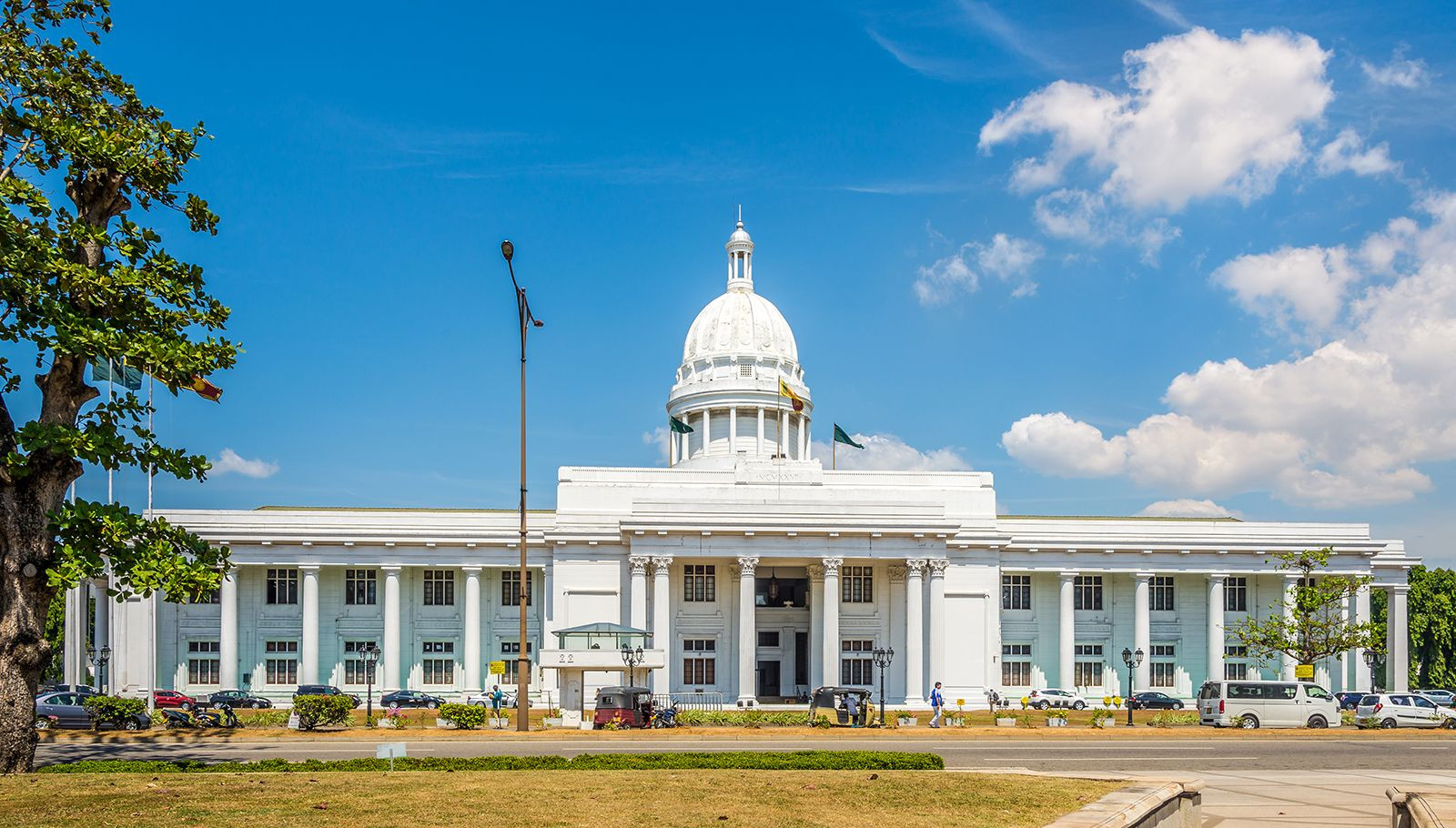 Town hall in Colombo Sri Lanka
Town hall in Colombo Sri Lanka
In conclusion, Sri Lanka’s location in the Indian Ocean, south of India, is fundamental to understanding its history, culture, and contemporary identity. This island, geographically blessed and strategically situated, continues to be a vibrant and significant nation in the global landscape.

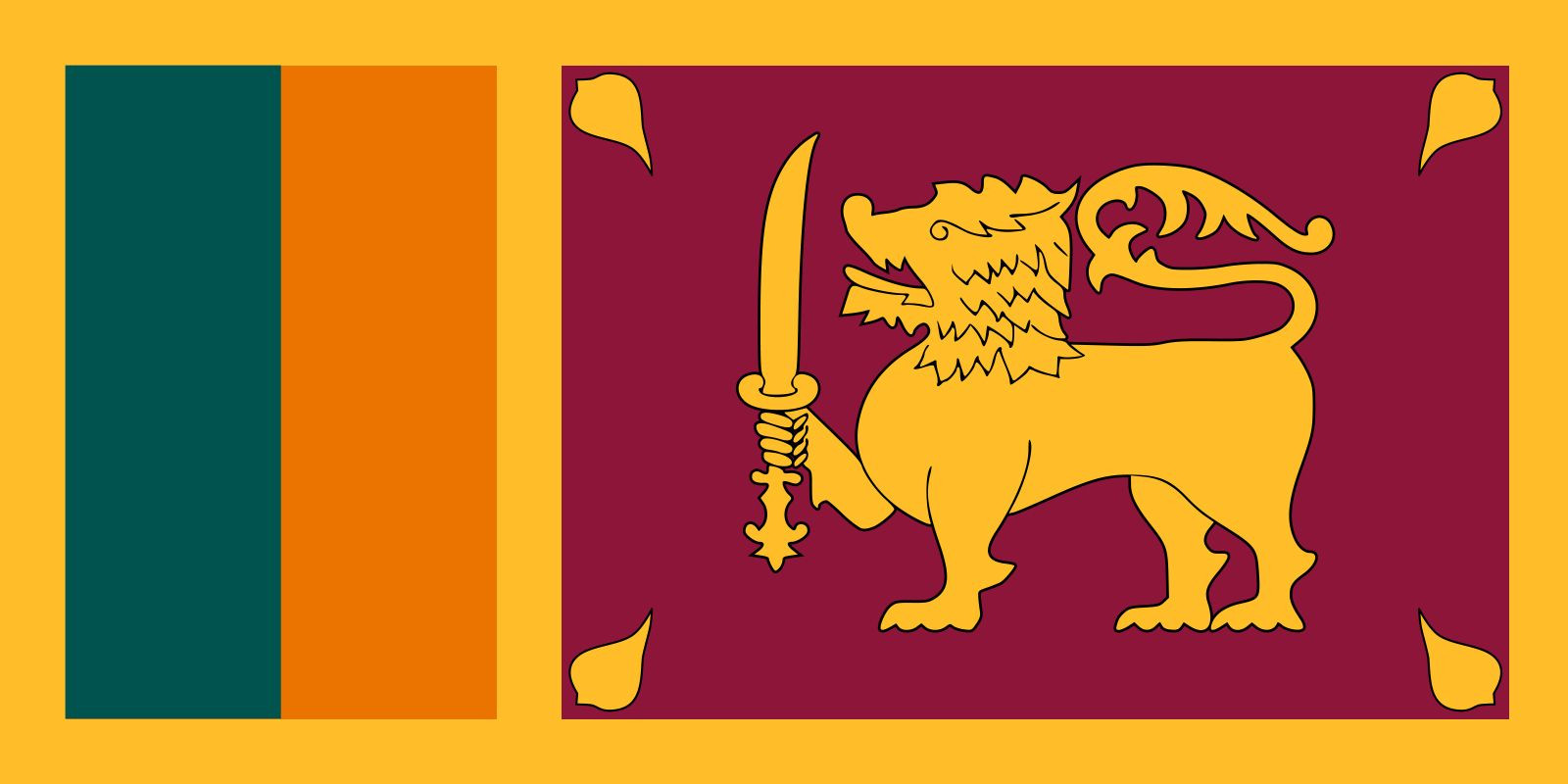 Flag of Sri Lanka
Flag of Sri Lanka